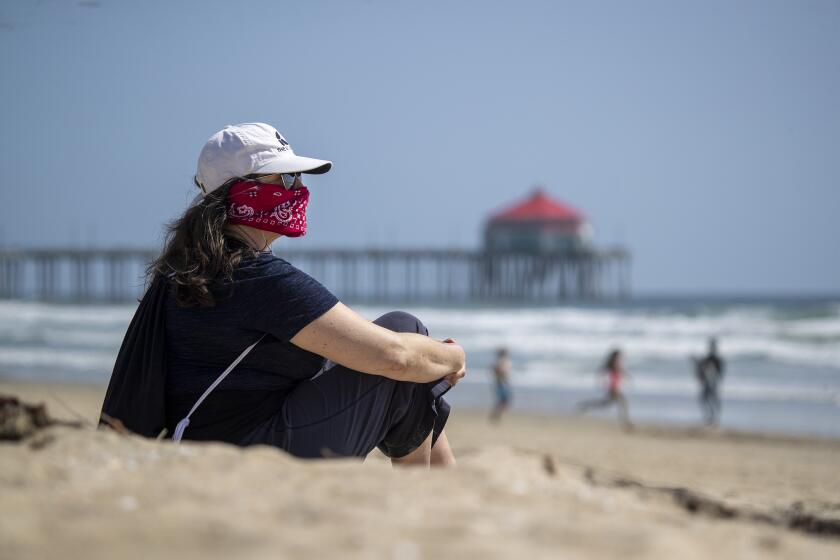City Lights: Praise for ancestral lands
It will be a day without politics at Bolsa Chica. Officially, anyway.
Over the last three decades, the coastal area has been the center of one controversy after another, as developers dug in their shovels, officials debated and environmentalists campaigned to preserve open space. When the Independent sought to identify the top story of the 2000s last year, it didn’t take long to decide — the words “Bolsa Chica” showed up in our archives for the last 10 years more than any other proper name.
Now, it looks like the battle over Huntington Beach’s wetlands may be one of the most prominent stories of this decade as well. The City Council voted in July to approve the Ridge, a 22-unit, five-acre housing tract, over many residents’ pleas. Saturday, hundreds of members of the Tongva and Acjachemen tribes, who lived in Southern California long before the settlers arrived, plan to gather on the land.
It won’t be to protest, though. Merely to praise.
The 14th annual Pilgrimage, a day of song, dance, prayer and remembrance, starts at 7:30 a.m. in San Clemente and continues up the coast through San Juan Capistrano, Newport Beach, Huntington Beach, Seal Beach and Long Beach, with a stop at Bolsa Chica about noon. At each stop of the journey — which involves carpooling, rather than walking, from one location to the next — the tribes will celebrate their heritage and enjoy a resource that’s fast fading at the dawn of the 21st century.
I spoke Tuesday with Gloria Arellanes, an elder of the Tongva who has stood by Bolsa Chica — sometimes literally, with a picket sign — for years. The El Monte resident, who worked for Los Angeles County for two decades before retiring, plans to join the pilgrimage midway through; she’s 64 and doesn’t have the energy to go the entire way. But she still wants to celebrate the open space before it’s gone.
“There’s going to come a point when we can’t go there anymore,” said Arellanes, who told me she once wrote a poem about how the site of 9/11 received much more reverence than Native American burial sites.
The loudest voices at Bolsa Chica in recent years have usually come from those who debate whether the property has more value as development or open space. Groups like the Bolsa Chica Land Trust, Amigos de Bolsa Chica and Bolsa Chica Conservancy see the area as essential to the local ecology; those on the opposite side see parts of Bolsa Chica as prime real estate.
But there’s another group in the middle for whom the area has a whole other layer of meaning. Thousands of human remains and artifacts, including cogged stones that may have been used for ceremonial purposes, have been dug up there in recent years.
Whether the Ridge itself resides on a native burial site is a matter of dispute. The city, working off a 2001 study commissioned by developer Hearthside Homes, has said it’s unlikely that any sacred materials will be unearthed. Still, some in the community have voiced concern, and even Councilwoman Jill Hardy, the lone dissenting vote against the Ridge, has questioned the reliability of the study.
Arellanes, though, doesn’t need a report to make her own judgment. Just walking through the site, she said, she can feel a bond with her ancestors. Sometimes, she’s been sure of someone walking behind her, only to turn around and find herself alone.
That feeling, Arellanes said, is enough to make her feel at home with her people.
“There’s just something, when you walk the land and you’re a spiritual person, you can feel,” she said. “It speaks to you.”
City Editor MICHAEL MILLER can be reached at (714) 966-4617 or at michael.miller@latimes.com.
All the latest on Orange County from Orange County.
Get our free TimesOC newsletter.
You may occasionally receive promotional content from the Daily Pilot.



